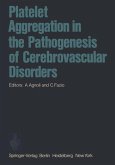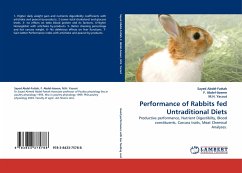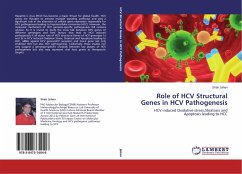Several lines of evidence have indicated that prion disorders are associated with an increase in cellular cholesterol content. Our findings highlight the existence of metabolic lipid alterations associated with prion infection. A higher content of cholesterol esters (CE) was accompanied by variations in the expression of ACAT-1 and Cav-1 in skin fibroblasts from scrapie-susceptible sheep. Increased levels and altered distribution of free cholesterol (FC), triglycerides, phospholipids and CEs were found in prion-infected N2a cells (ScN2a). Similar cholesterol alterations were observed in brains of Pravastatin-treated and untreated scrapie-infected mice: a high level of cholesteryl-arachidonate was associated with increased CEs in the brain while oral pravastatin administration caused a significant reduction of FC and an additional increase of CEs. In addition, the treatment with dual-drug combinations of a cholesterol ester modulator with a prion inhibitor had showed a synergisticanti-prion effect in ScN2a cells. These data support our hypothesis that certain pathways of cholesterol/cholesterol ester metabolism may represent suitable targets for prion disease therapy.








